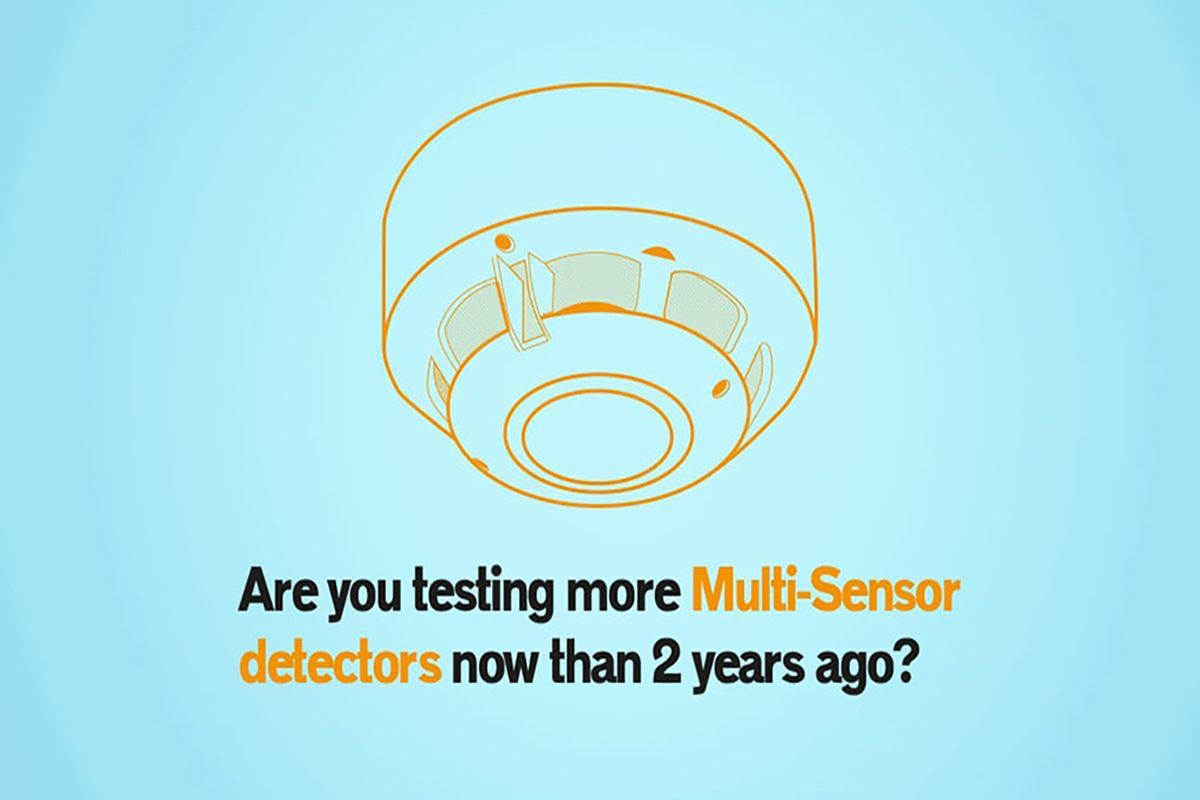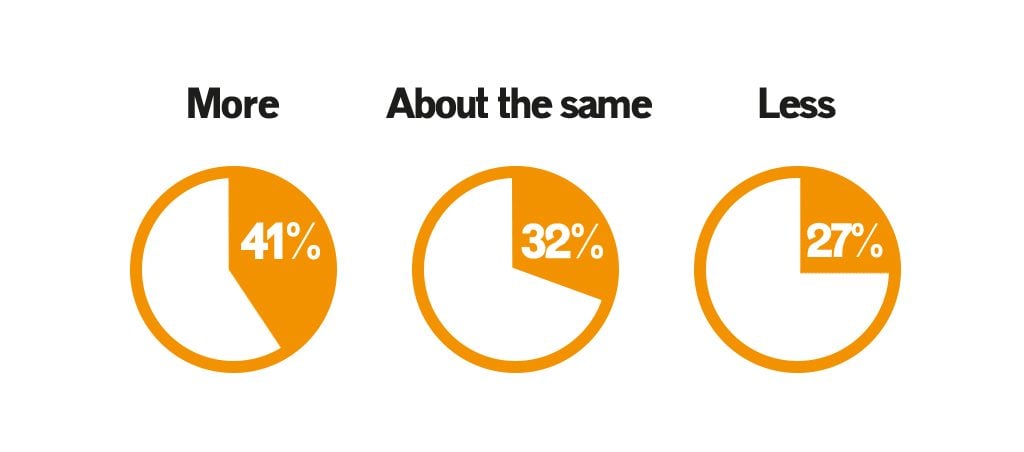This website uses cookies to improve your experience. We'll assume you're ok with this, but you can opt-out if you wish. Learn more.
This website uses cookies to improve your experience. We'll assume you're ok with this, but you can opt-out if you wish. Learn more.

Having been established for a number of years, multi-sensor detectors are now being used to replace existing smoke detectors, as well as being the first choice for installation in many new building projects.

This is further supported by the guidance offered in the recent update to BS:5839, which, for the first time, spells out how multi-sensor detectors should be tested. This not only highlights how much multi-sensors have grown in popularity but also shows the importance of them being tested and maintained correctly.

Testing with an all-in-one tester not only means there is less equipment to carry, it also mean less time is spent on site changing between testers. Testifire can be programmed to carry out smoke, heat (and/or CO) testing in any sequence or combination, and the built-in clearing function helps eliminate repeat alarms.

Short Code:
Credit Limit:
Current Balance: